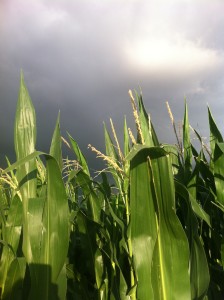*This article is not a substitute for the advice of an attorney.*
During the leasing presentations that I’ve given in the past year, I have been frequently asked what a landowner should charge when leasing his or her land. Even though I jokingly tell people that I can’t help them because they did not teach me that in law school, I have done some research and wanted to share some useful resources and information.
First, I would recommend that any landowner seeking to determine what to charge to talk to the County Extension Agent and to other landowners who have been leasing land in the area. These are the folks who are really going to know what is going on in the county and can explain some of the nuances that make certain land more or less valuable.
Second, the USDA publishes cash rental prices based upon responses from producers for each state across the country. In Texas for 2013, the average cash rent price for pastureland was $6.50, for non-irrigated farmland was $25.00, and for irrigated farmland was $77.00. These numbers are significantly less than the national averages, which are $12.00 for pastureland, $125.00 for non-irrigated farmland, and $202.00 for irrigated farmland. The highest pasture rental average is in Illinois at $53.00 per acre. The highest irrigated farmland lease average is found in California at $365.00 per acre. The highest average for non-irrigated farmland is $255.00 per acre in Iowa. You can view the complete USDA publication here.
Additionally, USDA breaks theses numbers down by county for each state. To see cash rent prices for Texas by county for 2012 and 2013, click here. Not surprisingly, the prices vary greatly across the state. In west Texas, for example, pastureland leases for $2.00 per acre while in Central Texas, the price reported in central Texas can be up to ten times that number.
Hopefully by speaking with the local County Extension Agent and reviewing these statistics landowners will be able to determine an adequate rental rate for their property.













